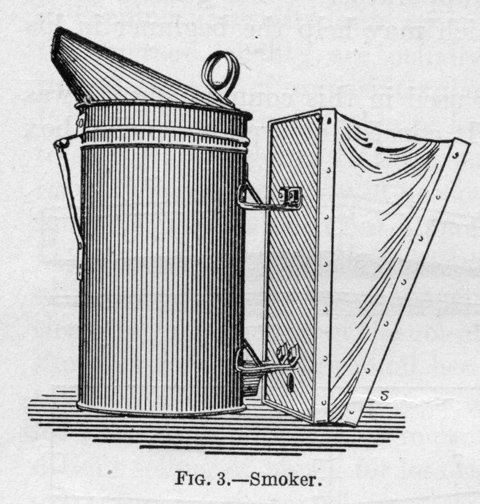The most important technologies for successful beekeeping include:
- Hive Design and Construction: Properly designed and constructed beehives are crucial for providing a safe and comfortable environment for the bees. The hive should have adequate ventilation, insulation, and be made of durable, non-toxic materials.
- Smokers: Smokers are used to calm the bees during inspections. They emit cool smoke which disrupts the bees’ communication and alert system, making them less likely to sting.
- Bee Suits and Protective Gear: Beekeepers should invest in high-quality bee suits, veils, and gloves. These protect beekeepers from stings and provide confidence during hive inspections.
- Hive Tools: These include a variety of specialized tools for prying apart hive components, scraping off propolis and wax, and manipulating frames. Common tools include hive tools, frame grips, and bee brushes.
- Queen Excluders: These are grates that prevent the queen bee from moving into certain sections of the hive, typically the honey supers. This ensures that the queen remains in the brood chamber, and honey can be harvested without worrying about larvae.
- Feeding Equipment: Feeders are important, especially during times when nectar flow is low, such as early spring or during a dearth. There are different types of feeders, including top feeders, entrance feeders, and frame feeders.

- Varroa Mite Monitoring and Treatment: Varroa mites are one of the biggest threats to bee colonies. Various technologies exist for monitoring mite levels, including sticky boards and alcohol washes. Additionally, integrated pest management strategies involving treatments like oxalic acid, formic acid, and essential oils are commonly used.
- Thermal Imaging and Inspection Devices: Some beekeepers use thermal imaging cameras or other inspection devices to get insights into the health and activity of their colonies. These tools can help identify issues like weak colonies or problems with the queen.
- Honey Extraction Equipment: When it’s time to harvest honey, beekeepers need extractors, uncapping knives, and strainers to separate honey from the comb.
- Record-Keeping Software: Keeping detailed records of hive inspections, treatments, and other activities can help beekeepers track the progress and health of their colonies over time. There are various apps and software available for this purpose.
- Education and Training Resources: While not a physical technology, access to educational materials, courses, and beekeeping communities (online or local) is crucial for ongoing learning and successful beekeeping.
- Queen Rearing Equipment (Optional): If a beekeeper wants to produce their own queens for replacement or sale, specialized equipment like grafting tools, queen cages, and mating nucs are essential.
Remember, the most important aspect of successful beekeeping is knowledge and experience. Technology can certainly enhance your efforts, but understanding bee behavior, seasonal management, and disease prevention is paramount. Always stay informed about the latest advancements in beekeeping practices. And what better place than at apitechworld.com
